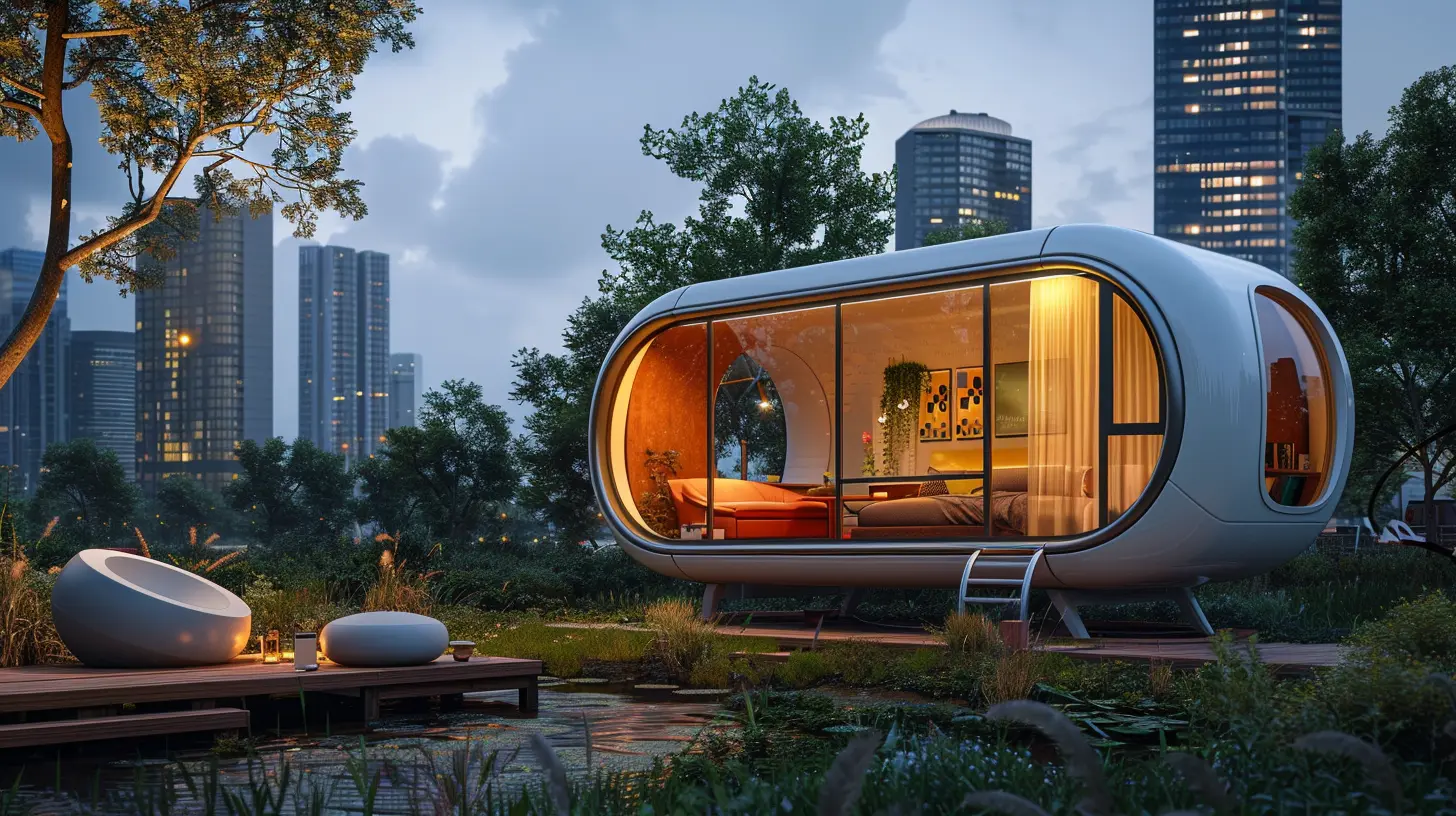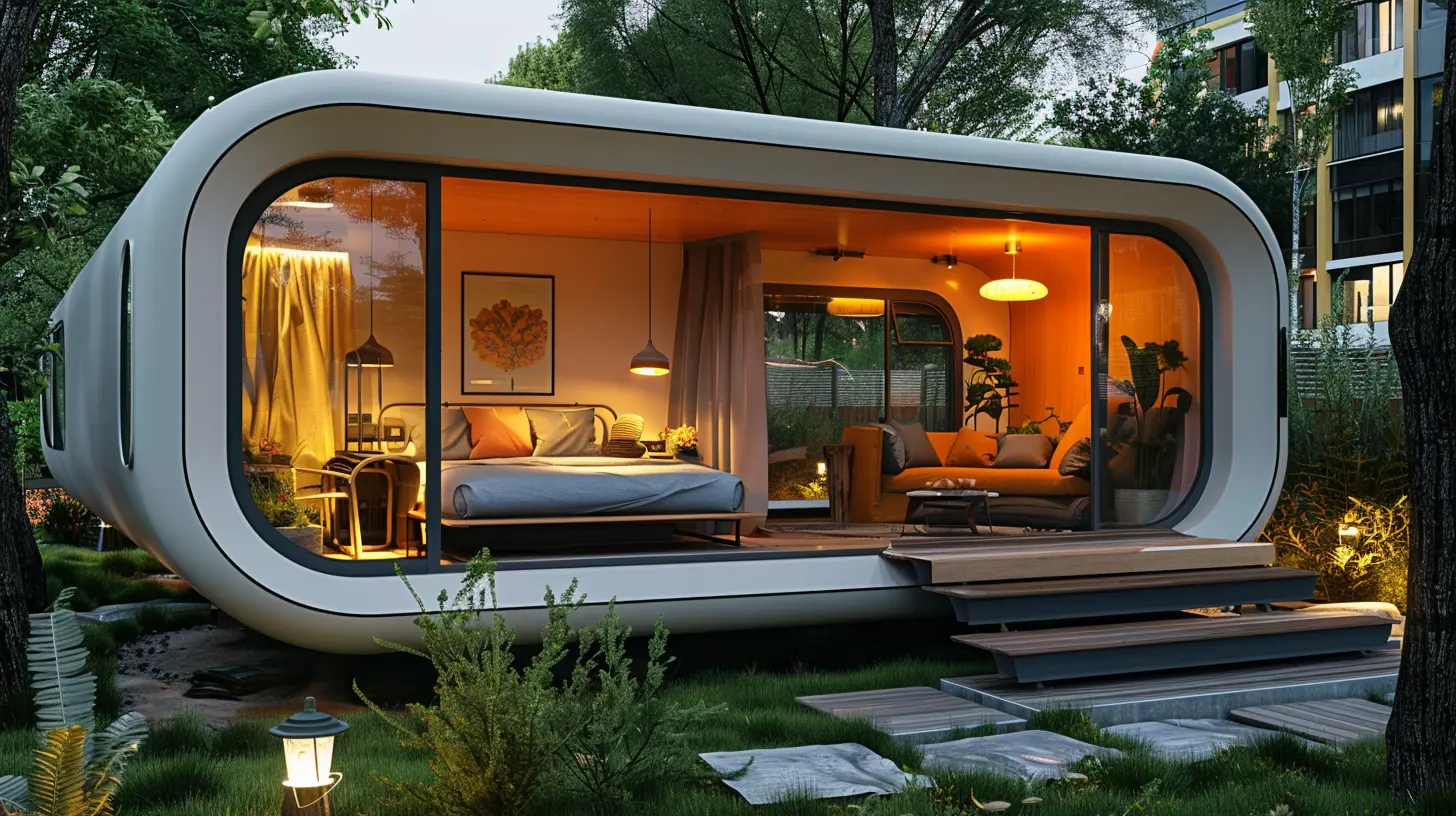Micro-Apartments: The Future of Affordable City Living?
7 November 2025
City life comes with its perks—proximity to jobs, cultural hotspots, and unmatched convenience. But let’s be real: affordable housing in major cities is about as rare as a parking spot in downtown Manhattan. That’s where micro-apartments come into play. These tiny living spaces are shaking up urban housing, offering an affordable, minimalist, and efficient way to live in the heart of the action.
But are they really the future of affordable city living, or just a trend that will fade away? Let’s dive in.

What Are Micro-Apartments?
A micro-apartment is exactly what it sounds like—a small, self-contained living space typically ranging from 150 to 400 square feet. Think of it as a studio apartment but downsized to the essentials.These units usually include:
- A compact kitchen or kitchenette
- A small but functional bathroom
- A flexible living and sleeping area
- Smart storage solutions to maximize space
Despite their size, these apartments are designed for efficiency, often incorporating foldable furniture, vertical storage, and multi-purpose spaces. They’re the Swiss Army knives of city living—compact but packed with functionality.

Why Are Micro-Apartments Gaining Popularity?
1. Affordability in Expensive Cities
Housing prices in cities like New York, San Francisco, and London are through the roof. Renting a traditional one-bedroom apartment in these places can cost more than a luxury car payment each month. Micro-apartments offer a more affordable alternative, allowing renters to live in prime locations without selling an organ to afford the rent.2. Minimalist Lifestyle Appeal
There’s been a surge in the “less is more” mentality. With more people embracing minimalism, the idea of cutting down on unnecessary belongings and living in a compact space makes sense. If you don’t need a walk-in closet or a separate dining room, why pay for one?3. Urbanization and Population Growth
More people are flocking to cities than ever before, and space is limited. Micro-apartments accommodate more residents in high-demand areas, helping cities address housing shortages without sprawling developments that eat up precious land.4. Eco-Friendly Living
Smaller spaces mean less energy consumption. Heating, cooling, and lighting a micro-apartment require far less energy compared to a traditional apartment. Less space often means fewer possessions, reducing waste and encouraging a more sustainable lifestyle.
The Downsides of Micro-Apartments
Of course, it’s not all sunshine and savings. Micro-apartments come with their share of challenges.1. Limited Space = Limited Comfort
Living in 200 square feet isn’t for everyone. If you love cooking elaborate meals, hosting game nights, or just stretching out, a micro-apartment might feel more like a fancy storage unit than a home.2. Higher Cost Per Square Foot
While the total rent is lower, the cost per square foot can actually be higher than traditional apartments. That means you’re paying a premium for every inch of space you get.3. Storage Struggles
Unless you're a hardcore minimalist, finding space for clothes, shoes, and daily essentials can be a challenge. Many residents rely on external storage solutions, which adds to the cost.4. Mental Health Considerations
Tiny spaces can feel cramped, especially if you’re sharing them. Studies suggest that confined living conditions can increase stress, anxiety, and even loneliness. If you're someone who needs space to breathe, a micro-apartment might not be ideal.
Who Are Micro-Apartments Perfect For?
Micro-apartments may not be for everyone, but they’re a perfect fit for:- Young Professionals: Close to offices, nightlife, and public transportation, making commuting a breeze.
- Students: Affordable, functional, and usually located near universities or city centers.
- Frequent Travelers: If you're rarely home, why pay for more than what you need?
- Minimalists: If you love decluttering and living with only the essentials, micro-apartments are your dream home.
Smart Features That Make Micro-Apartments Livable
Thanks to clever design and technology, today’s micro-apartments are far more livable than you might think.1. Multi-Functional Furniture
From Murphy beds to expandable tables, micro-apartments use space-saving furniture that serves multiple purposes. A couch by day turns into a bed by night, and a coffee table can double as a dining table.2. Vertical Storage Solutions
When floor space is tight, the only way to go is up! Shelving units, hanging organizers, and storage lofts help maximize every inch.3. Smart Home Technology
Automated lighting, voice-controlled devices, and space-efficient appliances make life in a small apartment more convenient and comfortable.4. Communal Amenities
Many micro-apartment buildings compensate for small private spaces by offering shared amenities like rooftop lounges, coworking spaces, gyms, and communal kitchens. This gives residents the chance to socialize, work, and relax outside their tiny units.
Are Micro-Apartments the Future?
The way we live is changing. As urban populations grow and housing costs keep climbing, micro-apartments might be less of a passing trend and more of a long-term solution.However, they won’t be the answer for everyone. While they make city living more accessible, they also challenge traditional ideas of comfort and personal space. For some, the trade-offs are worth it. For others, they’re a hard no.
What’s undeniable is that cities are facing a housing crisis, and micro-apartments offer a creative way to fit more people into less space. Whether they’ll become the new norm or just one of many housing options remains to be seen.
Final Thoughts
Micro-apartments are reshaping city living—offering a cheaper, efficient, and eco-friendly way to stay close to the action. They’re not for everyone, but for those who prioritize location over square footage, they can be an ideal solution.So, are micro-apartments the future of affordable city living? Maybe. They might not replace traditional housing, but they’re definitely carving out a niche in the future of urban real estate.
Would you ever consider living in a micro-apartment? Let us know in the comments!
all images in this post were generated using AI tools
Category:
Real Estate TrendsAuthor:

Cynthia Wilkins
Discussion
rate this article
1 comments
Storm Yates
Great insights on micro-apartments! They truly seem like a smart solution for urban living, balancing affordability and convenience without sacrificing style. Excited to see how they evolve!
November 9, 2025 at 12:44 PM

Cynthia Wilkins
Thank you! I’m glad you found the insights valuable. Exciting times ahead for micro-apartments!


